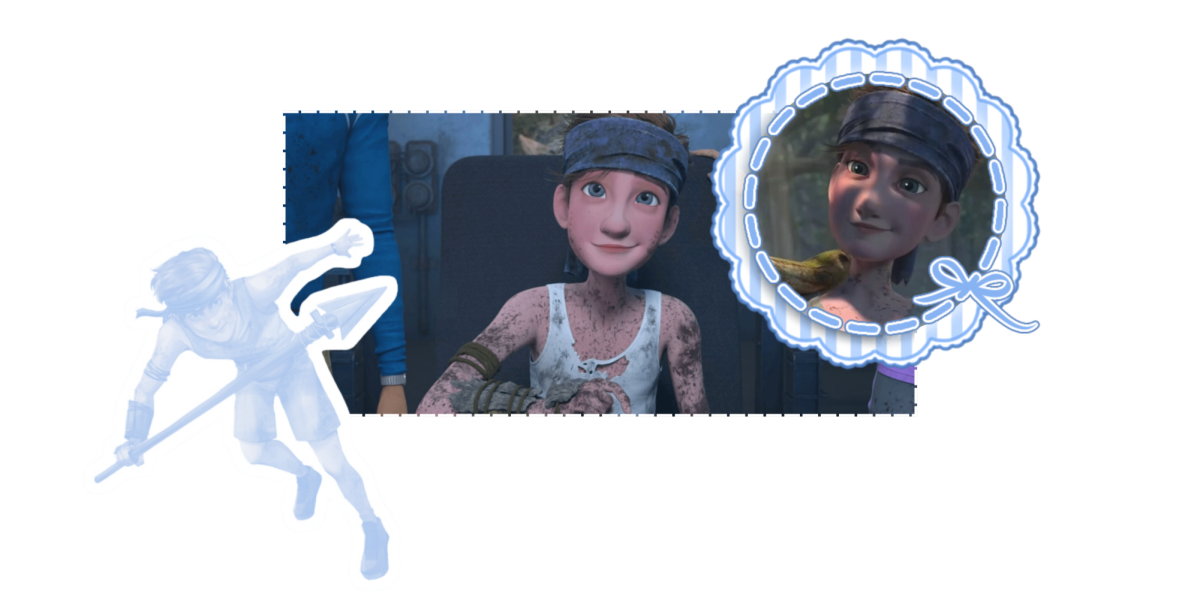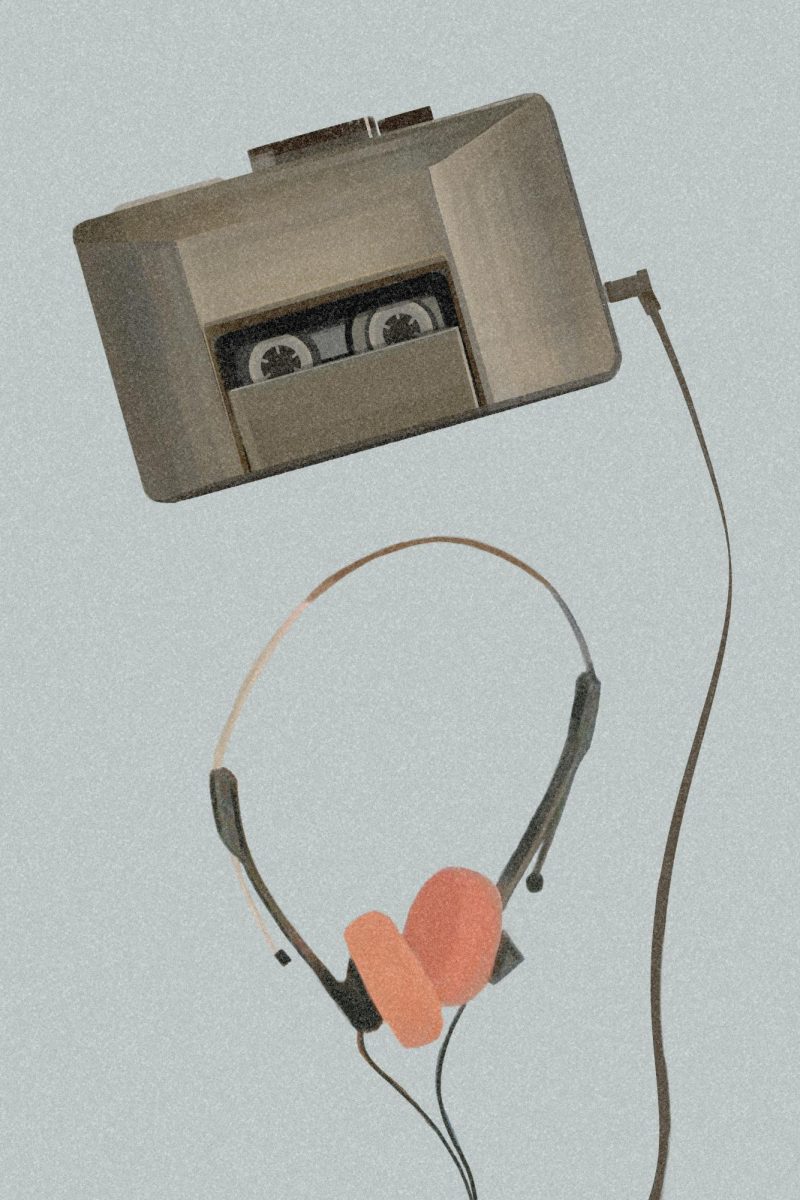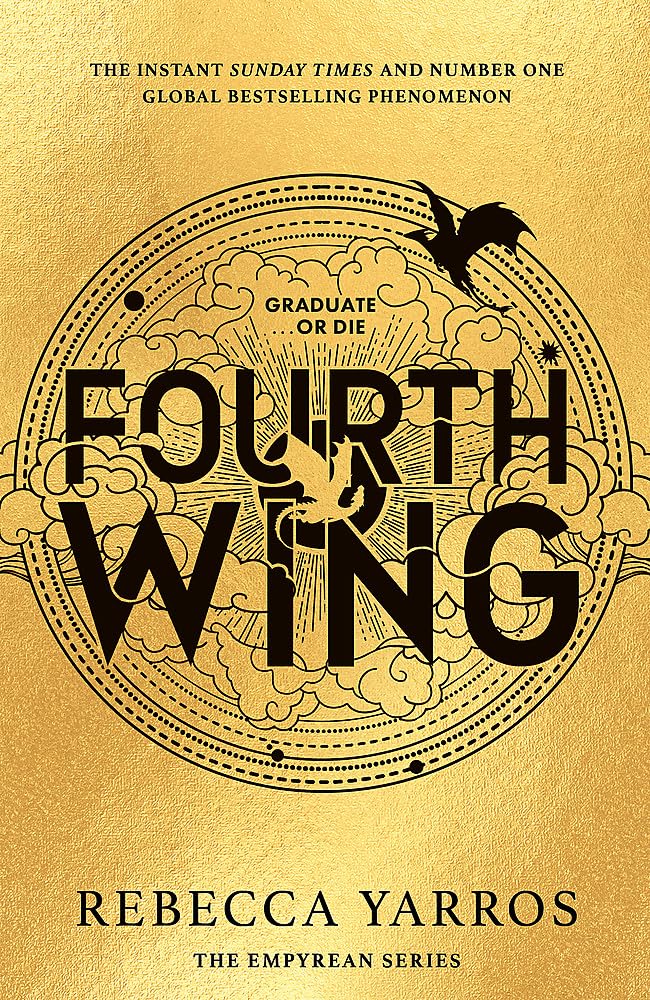Picture a ball on a table. Now imagine that someone walks up to the table and gives it a push. Would you be able to tell what happens to the ball? Would you be able to say the color and size of the ball, the material of the table, and the color of the person’s shirt? On a scale of one to ten, how would you rate the fidelity of your visual imagination? Most importantly, did you already know the answer to each question listed above, or were you coming up with an answer as you read it?
Most of you will probably be able to say with complete confidence that you were able to answer every question without conscious thought. You don’t have to pick a color for the ball. You just know intrinsically that the ball is red or blue or whatever color it is. However, there are some people, about 2% of the population, that have to pick an arbitrary answer for these attributes as they’re mentioned.
I released a poll on twitter, asking these questions to my followers. Out of 25 respondents, all were perfectly able to answer every question. All of them were able to rank their visual imagination, with an average ranking of 6.84 out of 10. Out of 25 people, 23 already knew the answer to every question, before they were asked. However, two did not. When asked if they already knew the answer or not, they said that they had to come up with an answer for the questions as they were asked.
These people, whether they know it or not, may have a condition called aphantasia. Patients with aphantasia are unable to create a voluntary mental image. The name comes from the Greek word ‘phantasia,’ meaning “imagination,” and the ‘a-’ prefix meaning “without.” This phenomenon was first observed in 1880 by Francis Galton during a study on visual imagery. He noted that some of his students had no ability to visualize. The reason the “ball-on-a-table” thought experiment works in identifying aphantasia most of the time is because of the different way that most aphantasics think.
Without the ability to visualize, aphantasics organize thoughts in a very different way. Instead of coupling concepts with stimuli such as imagery or text, they understand the concepts themselves. When you ask someone with aphantasia to picture a ball on a table, they will probably recall the concept of a ball and apply their knowledge of what happens when you apply a force to a spherical object. Likewise, when asked what color the ball was, they will not have an answer.
The condition remained unstudied until 2015, when a group of students from the University of Exeter, spearheaded by Adam Zeman, published their findings. Zeman’s team gave the condition a proper name: aphantasia, and began to pin down a definition. They concluded that aphantasics only lack the ability to voluntarily create mental images. They still experience involuntary mental images, such as dreams.
A study published March 2021 by Rebecca Keogh and Joel Pearson involved having a group of people without aphantasia and a group with aphantasia to read a horror story. As they read, the researchers monitored participants’ skin conductance levels. The study found that the group without aphantasia showed a typical fear response, while the group with aphantasia did not. However, both groups had a fear response when looking at frightening images. This study showed how heavily a lack of mental imagery can affect emotion. Studies in this vein have also shown that aphantasics have a lessened or sometimes nonexistent trauma response as well.
To many people, it’s unclear whether or not aphantasia is a good or bad thing. To many people, the lessened trauma response is enticing, and the lack of visualization could seem like a perk to some. Most aphantasics themselves see it as a drawback, however. In their eyes, the lack of visualization is too severe of a hindrance for any perks of aphantasia to be an equal trade-off.













